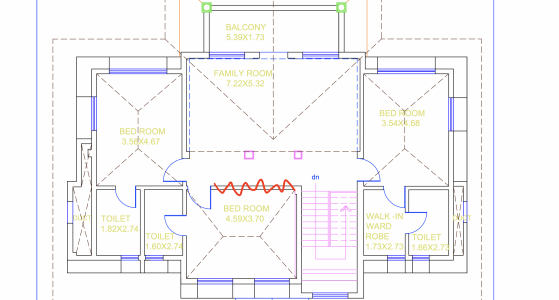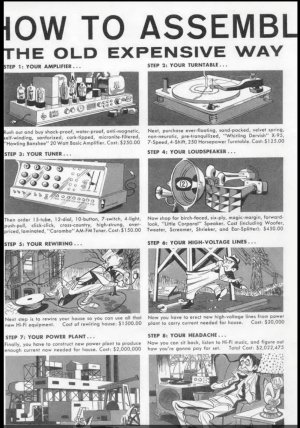I just bought a new house, and getting interior done. Prime time for me to incorporate some room treatment (or so I think), as well redo electrical (separate topic for another day).
I know next to nothing of this topic, I have in the past only treated first reflection points with a generous helping of cushions or pillows piled on each other and it has helped reduce the harshness.
I have a largish room with 15 foot ceilings, and 24 feet in length and 18 feet in depth. It opens up to another room as well (see attached pic).
I am wondering how best to do start the room treatment process. I started by consulting Aural Exchange and they (only) recommended ceiling treatment with panels, no first reflection on walls or corner or back wall diffusors!!
Should I start by doing an REW software thing, or find a new sound guy, or just put some treatment at the corners, sidewalls, and back wall and hope for the best. How have fellow forum members tackled this complex task?
P.S in the attached floor plan (the family room is the music room)
I know next to nothing of this topic, I have in the past only treated first reflection points with a generous helping of cushions or pillows piled on each other and it has helped reduce the harshness.
I have a largish room with 15 foot ceilings, and 24 feet in length and 18 feet in depth. It opens up to another room as well (see attached pic).
I am wondering how best to do start the room treatment process. I started by consulting Aural Exchange and they (only) recommended ceiling treatment with panels, no first reflection on walls or corner or back wall diffusors!!
Should I start by doing an REW software thing, or find a new sound guy, or just put some treatment at the corners, sidewalls, and back wall and hope for the best. How have fellow forum members tackled this complex task?
P.S in the attached floor plan (the family room is the music room)



